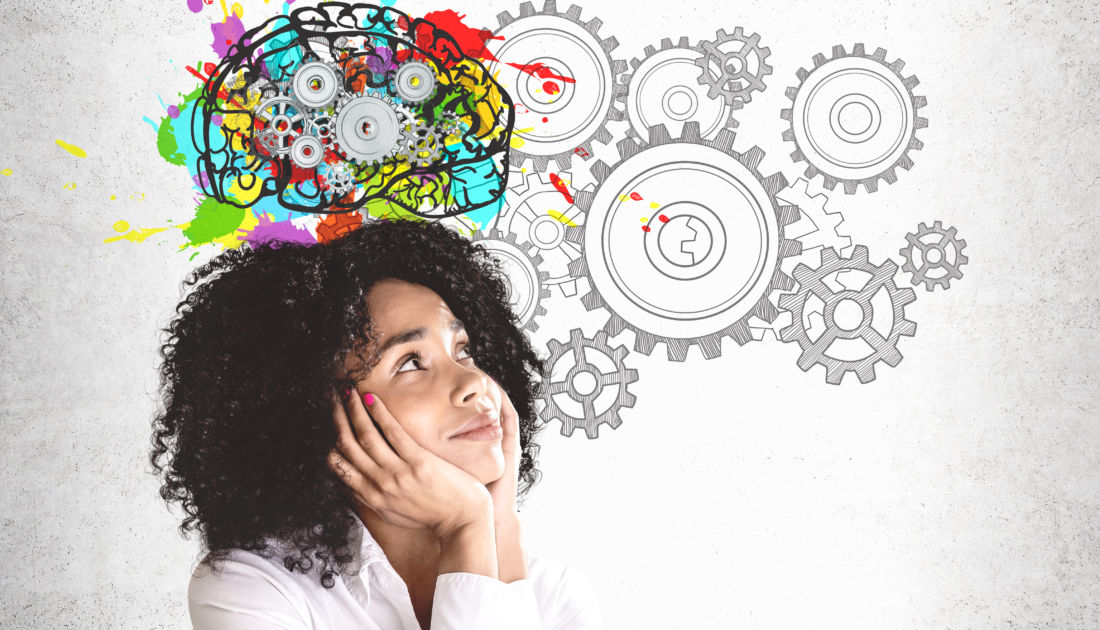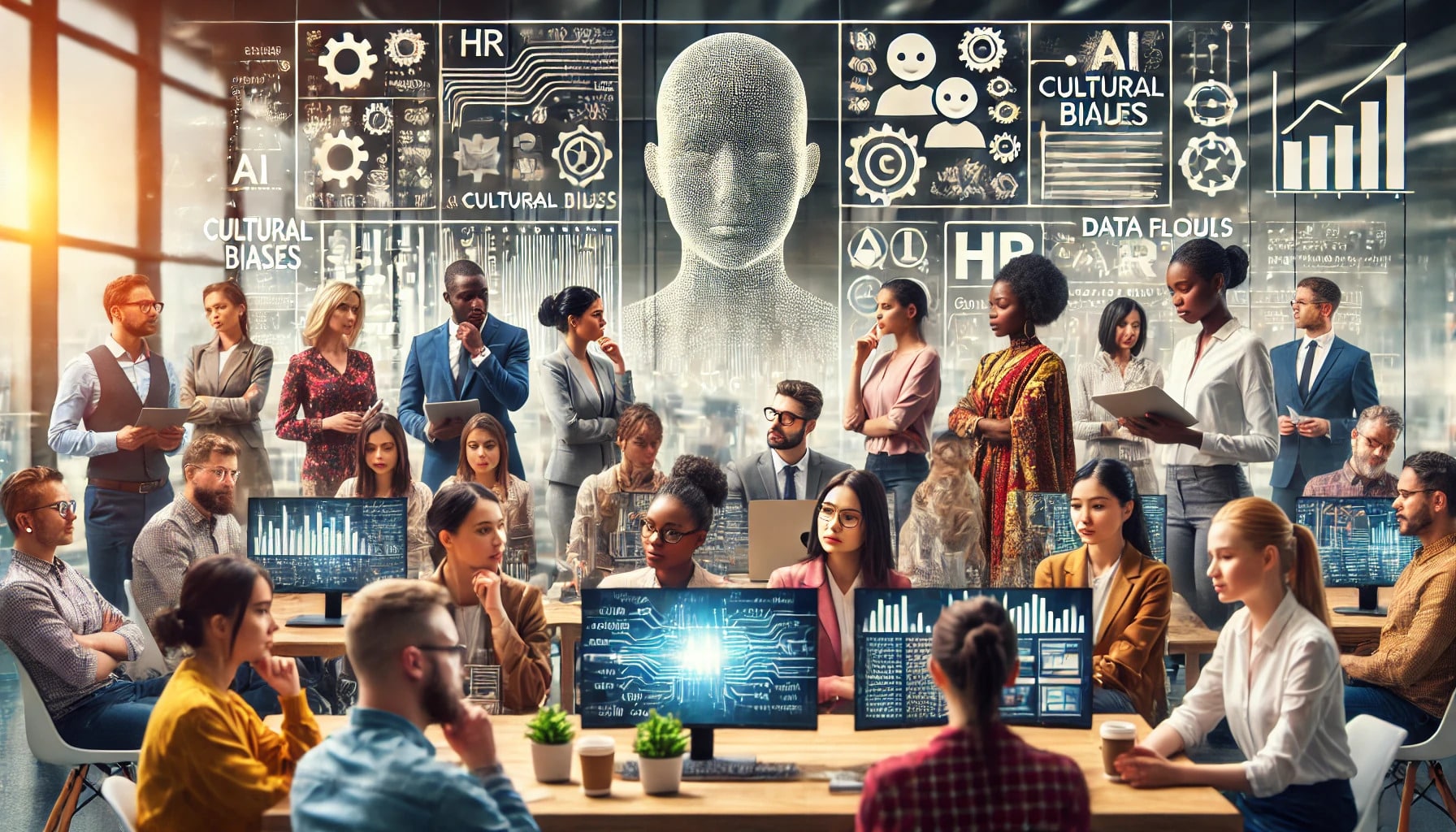A good night’s sleep, a bit of music, and some positive encouragement can help the human brain better integrate new skills. Here are 8 elements that promote learning according to neuroscience.
How does our brain work? How can we use it to learn better? To assimilate more effectively? Neuroscience studies the nervous system. It closely examines our brain and conducts research on this fascinating subject. It can thus assist individuals in the learning process to improve their learning.
Neuroscience and Brain Plasticity: The human brain evolves constantly
Learning is possible thanks to brain plasticity. Our brain transforms constantly. It evolves with each new experience we have, with each new skill we integrate. The brain metamorphoses itself until the last day of our lives. New connections are formed even until the end. Therefore, it is never too late to learn.
And what happens if we stop activating our brain?
Memory needs upkeep. To evolve the brain, it needs stimulation.
When we stop training our brain, the neural connections associated with that learning gradually weaken. They eventually even disappear. The acquired teachings are then forgotten. Memory functions like a muscle: if it’s not maintained, it atrophies.
8 Ideas to Foster Learning According to Neuroscience
So, how can we foster learning? Neuroscience suggests some ideas for innovative learning. Here are 8 elements that facilitate learning.
1. Attention
But what is attention, by the way? According to positive pedagogy, attention is a cerebral movement that allows one to direct their actions based on a goal or an area of interest. Through attention, we capture, using our five senses, various information from our environment or our emotional and psychological feelings. (Source: Apprendre autrement avec la pédagogie positive (Anders leren dankzij positieve pedagogiek))
According to Stanislas Dehaene, cognitive psychologist, neuroscientist, and professor at the Collège de France, attention promotes learning. It even accelerates learning. Harnessing attention and concentration thus allows for better integration of new learning.
2. Active Engagement
Both humans and animals learn much faster and easier when they engage actively. Neuroscientific studies have shown that a passive organism doesn’t learn. On the contrary, it absorbs new knowledge when it gets involved and feels invested in a process.
To integrate new learning, it’s important to:
- Personally test the reliability of knowledge
- Answer questions
- Do practical exercises
Active engagement allows for self-assessment and, if necessary, self-correction.
3. Positive Feedback
Learning is also facilitated when humans feel appreciated or admired. It’s easier for them to acquire a new skill when they achieve things that seemed difficult at the beginning and are aware of their progress. Approvals, validation, and encouragement are effective feedback: they help learn faster and better.
4. Repetition
Consolidation and reactivation also promote learning. The more the brain is engaged in performing an action, the more that action will be executed quickly and easily. The “10,000 hours” theory suggests that any skill can be acquired to an expert level if practiced for 10,000 hours. Neuroscience affirms that by reactivating new information, it is integrated better.
If new knowledge isn’t consolidated, it simply evaporates. When repeated, new learning becomes lasting, automatic, and unconscious.
5. Movement
According to neuroscience, movement facilitates learning. This is especially true for children. They need to move. Studies suggest that by developing their gross motor skills, children also enhance their cognitive abilities. Hence the importance of running, jumping, and expending energy to improve learning.
6. Error
Learning also relies on a trial-and-error mechanism. No one can play tennis without having learned how. A baby learns to walk by trying to take a few steps, by falling, and then by starting over. If they didn’t try again, they would never walk. Error supports knowledge-building.
Quick and positive feedback on potential errors helps integrate learning better. And be careful: it’s better to avoid punishing mistakes. Stress inhibits and blocks learning. It’s better to prioritize factual feedback without value judgment.
7. Sleep
According to neuroscience, sleep also plays a key role in human learning. Deprived of sleep, humans have poorer memorization abilities. During the night, the subconscious works. The brain becomes active. It relives everything learned during the day and reinforces memory. That’s why revising a lesson just before sleeping proves very effective before taking an exam the next day.
8. Music
Music helps consolidate learning and has an impact on overall memory development. It stimulates the brain and enables better retention of new knowledge. Some brain imaging has even shown that the region of the left temporal lobe, linked to verbal memory, is more developed in people who regularly practice music.
In Conclusion
Cognitive neuroscience closely examines brain functioning. It helps us better understand cognitive mechanisms and how the brain processes information.
Neuroscientists have discovered that certain actions make it easier to memorize learning: restful sleep, listening to music, or active engagement in new learning, for instance. These simple gestures can enhance intellectual capacities, stimulate attention, and ultimately create new neural connections.




